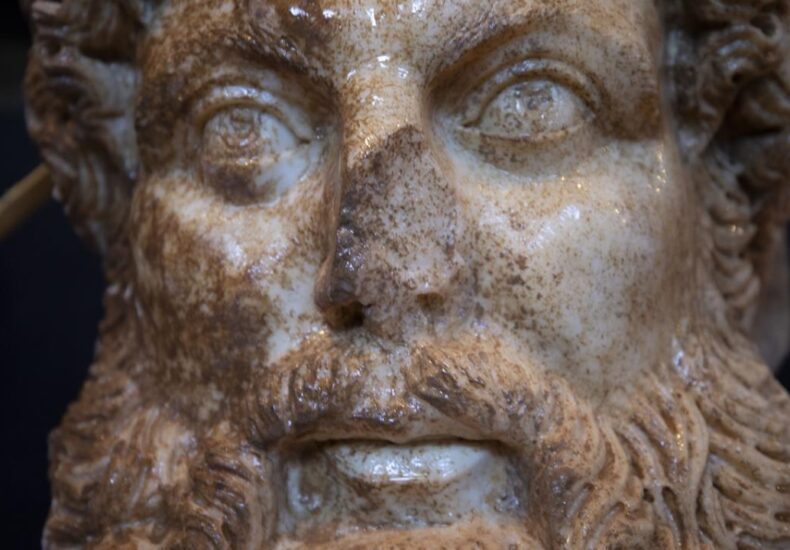
The God Who Breathes in Stone: The Colossal Zeus Head of Aphrodisias
In the ancient city of Aphrodisias, located in Aydın’s Karacasu district, art and divinity once merged in marble. Renowned across the Roman Empire as one of its greatest centers of sculpture, Aphrodisias continues to astonish scholars with masterpieces that reveal the technical and emotional depth of ancient craftsmanship. Among its most breathtaking creations stands the colossal head of Zeus — a sculpture that seems almost alive.
According to Prof. Dr. Roland R. R. Smith, director of the Aphrodisias excavations, the Zeus head represents “all the sophisticated features of Roman portrait art.” The piece was unearthed on the western side of the Temple of Aphrodite during vegetation clearing to reduce fire risk. Remarkably, traces of original pigments still remain on the hair and beard, offering rare evidence that ancient sculptures were once vividly painted.
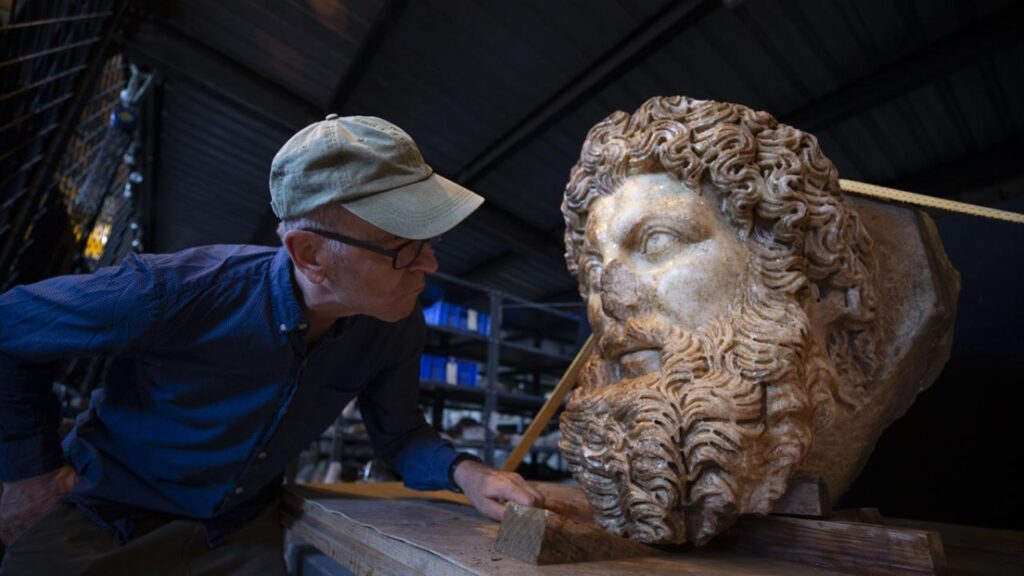
The sculpture’s open mouth, visible teeth, and deeply drilled curls reflect not only extraordinary technique but also a philosophical ambition — to portray a living god, not a distant divinity. “This is not just a discovery,” Smith explains. “It shows how Aphrodisias continues to surprise us with magnificent works of art that combine architectural form with portrait mastery.”
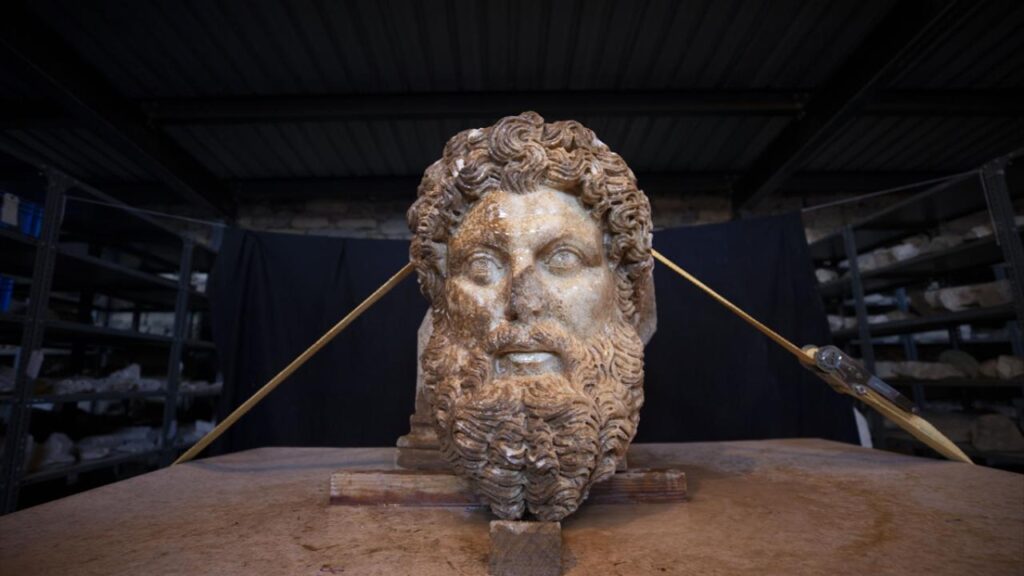
From the 1st century BCE onward, Aphrodisias flourished as a Roman center of art and religion, famed for its School of Sculpture, whose influence reached across the Mediterranean. The colossal Zeus head stands as a testament to that creative spirit, blending power, realism, and divinity in one unforgettable image.
📣 Our WhatsApp channel is now LIVE! Stay up-to-date with the latest news and updates, just click here to follow us on WhatsApp and never miss a thing!!
Today, Aphrodisias Archaeological Site is inscribed on the UNESCO World Heritage List, preserving a legacy where stone still breathes — and where gods once looked back at humanity through the eyes of art.
You may also like
- A 1700-year-old statue of Pan unearthed during the excavations at Polyeuktos in İstanbul
- The granary was found in the ancient city of Sebaste, founded by the first Roman emperor Augustus
- Donalar Kale Kapı Rock Tomb or Donalar Rock Tomb
- Theater emerges as works continue in ancient city of Perinthos
- Urartian King Argishti’s bronze shield revealed the name of an unknown country
- The religious center of Lycia, the ancient city of Letoon
- Who were the Luwians?
- A new study brings a fresh perspective on the Anatolian origin of the Indo-European languages
- Perhaps the oldest thermal treatment center in the world, which has been in continuous use for 2000 years -Basilica Therma Roman Bath or King’s Daughter-
- The largest synagogue of the ancient world, located in the ancient city of Sardis, is being restored

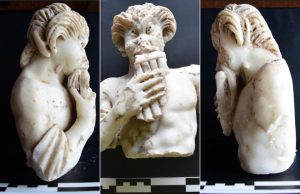
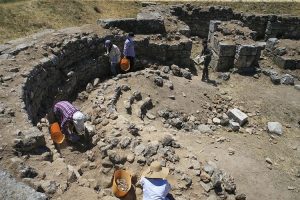
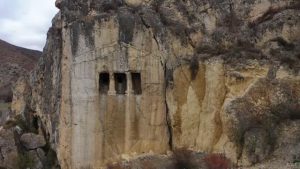
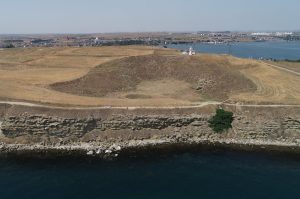
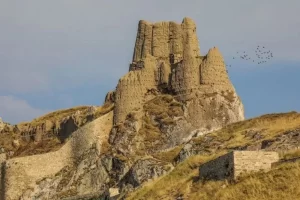
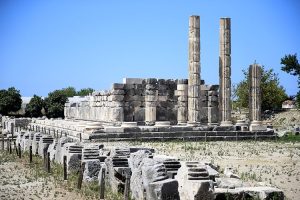
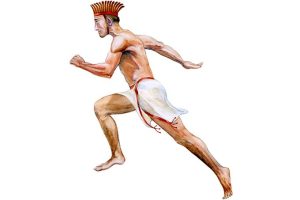

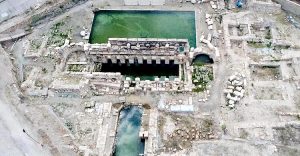
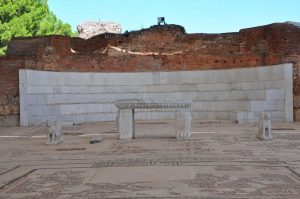
Leave a Reply